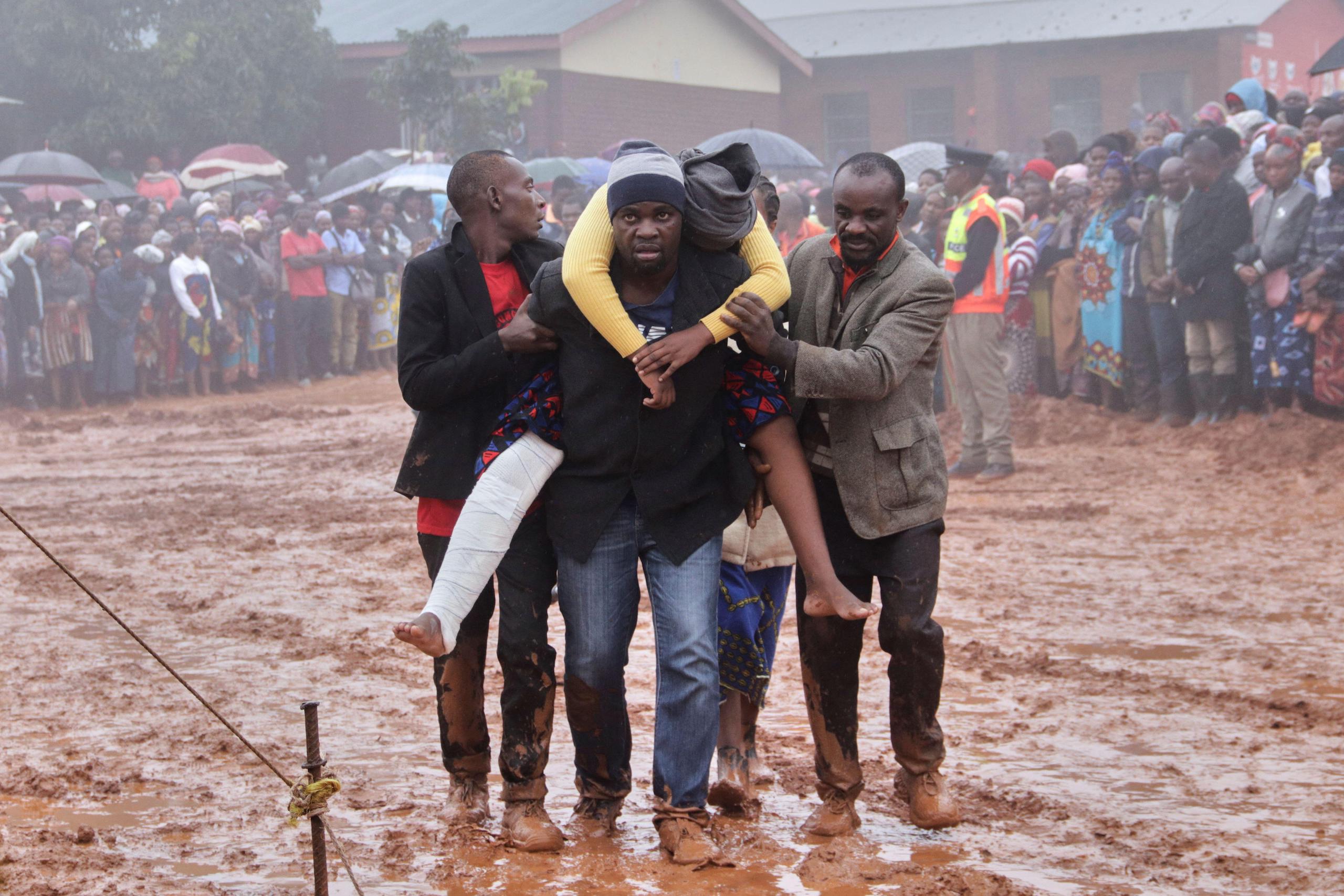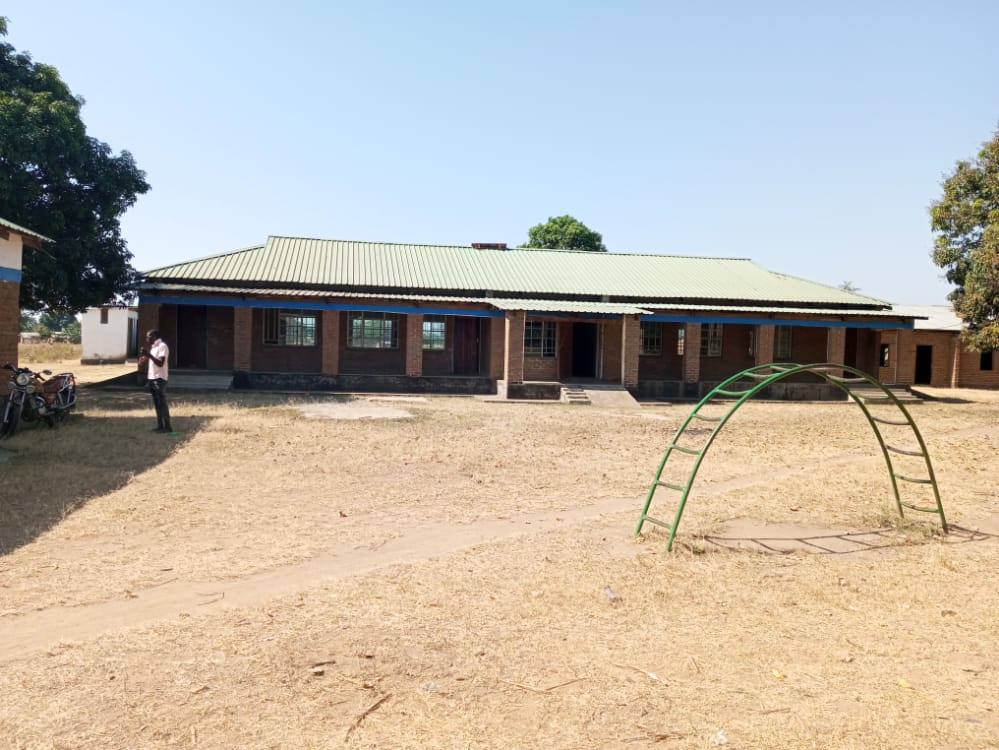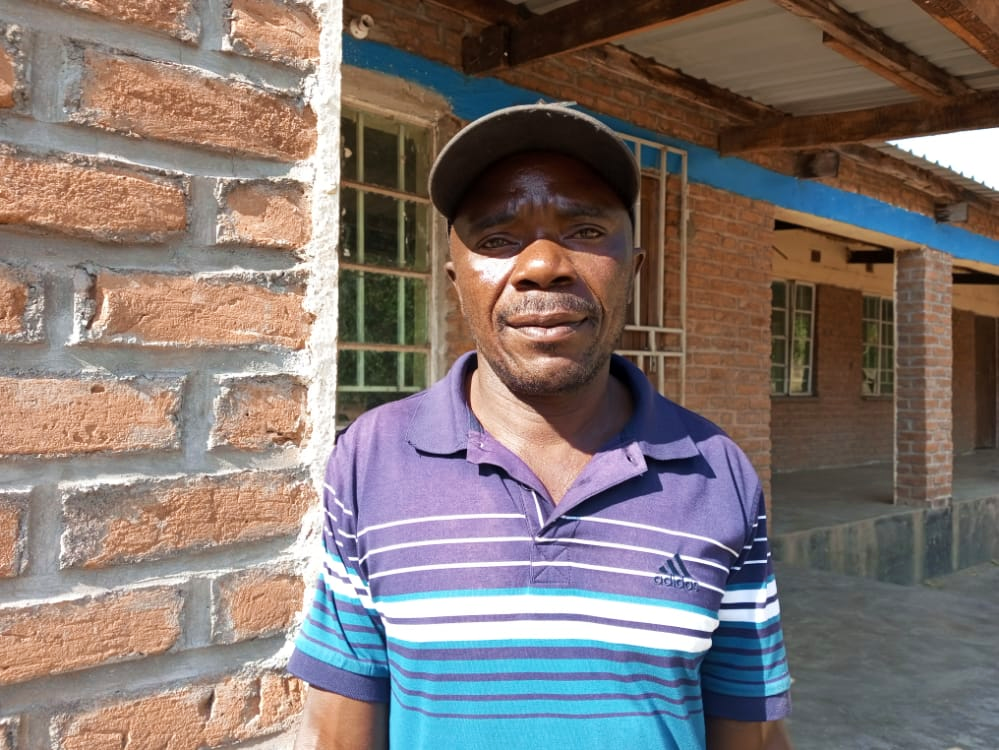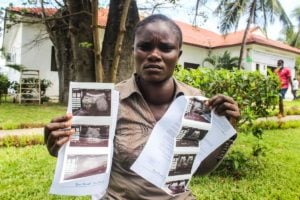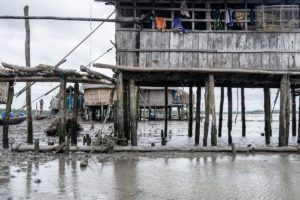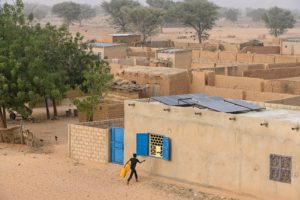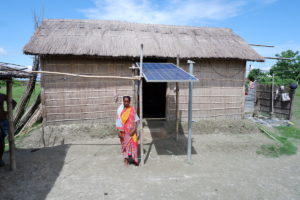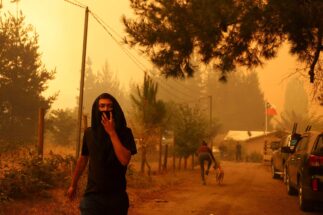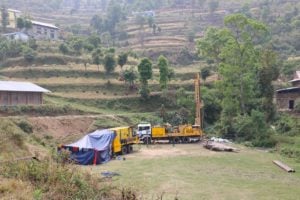Malawi is highly vulnerable to the impacts of climate change and the extreme weather it exacerbates.
From 11–14 March, Cyclone Freddy brought winds, heavy rain and physical destruction to the south-east African nation, leading to the death of nearly 500 Malawians. At least half a million people have been displaced in the country. The storm, which affected Madagascar, Mozambique and Zimbabwe as well as Malawi may have been the longest lasting tropical cyclone on record.
This is not the first time Malawi has been devastated by cyclones, which are thought to be becoming more extreme as a result of climate change.
Intense flooding in 2015 displaced 300,000 people, according to the UN Development Programme (UNDP). In 2018–19, 90,000 were displaced. “People were forced to flee their homes to take refuge in our village, which is a little bit in the uplands,” recalls Owen Mwenitete, a villager from the northern district of Karonga who helps run an evacuation shelter. And in January 2022, Tropical Storm Ana hit, displacing a further 200,000 Malawians.
This succession of destructive events highlights the country’s urgent need to strengthen its disaster preparedness.
Some progress has already been made to that end, including a collaborative project launched in 2014 by Malawi, China and UNDP to support communities in reducing disaster risks.
The project has made small grants available to vulnerable communities in rural districts, including Karonga, to increase their resilience to flooding. In the first phase of the programme, from 2014 to 2017, China contributed US$500,000 and UNDP US$400,000.
It is an example of South–South cooperation, meaning exchange of resources, technology and knowledge between emerging economies in the global south, rather than from global north to global south nations.
At COP27 in November 2022, China reiterated its position that it will continue to assist countries via such cooperation. As it looks to do so, previous experiences in Malawi offer an impactful model for strengthening countries’ preparedness for extreme weather and climate disasters.
Building resilient communities
The Malawi project has resulted in the construction of four evacuation centres. One of these, in Mwaulambo, Karonga, is meant to provide shelter to displaced communities after a disaster, as well as to generate income for them in normal times through hiring for events such as weddings and community meetings, says Chipiliro Khamula, a spokesperson from Malawi’s Department of Disaster Management Affairs. Part of the income is channelled to community-based interventions aimed at further building resilience to disasters, he adds.
The Mwaulambo centre was completed in 2020 at a cost of about US$39,000.
Owen Mwenitete is acting secretary for the facility, and says that when floods hit 12 villages of the traditional authorities of Mwakaboko and Kilipula in April 2021, destroying homes and farms, flood survivors flocked to the centre.
“That period was also a learning process for us to know what materials need to be readily available in order to effectively assist those in need during disaster,” Mwenitete says. People came for about two days until the disaster passed, he added.
One of the first flood survivors to arrive, Benedicto Mweniwanda from Mwanjasi Village, describes the experience: “The floods came suddenly in the middle of the night and, as usual, we had to run to higher ground to seek shelter. When we reached Mwaulambo, we were directed to the evacuation centre. Unlike previous times, this time we had provisions for us to depend on like food, a reliable shelter and… clean sanitation facilities.”
The shelter has helped to curb the disruption of education. In the past, schools used to be turned into evacuation centres during disasters, explains Shepxherd Jere, relief and rehabilitation officer at Karonga Council’s Department of Disaster Management Affairs.
“Churches were also being used, which affected religious gatherings,” Jere says.
The gendered separation of rooms in the centre has created a more private and safer space for women, he adds.
Community ownership
The Mwaulambo centre is managed by local traditional leaders and a village committee.
According to Jere, after the handover of the facility, local communities have been engaged in the stabilisation of river banks through tree planting, and tending to community gardens that can provide food in times of disasters.
“The district has strengthened early warning systems, and capacity building of Village Civil Protection Committees on disaster preparedness,” he says.
The government has also constructed several river dykes to mitigate floods, he adds. After a disaster, it engages in “food distributions as well as cash transfers jointly done by other development partners and non-governmental organisations.”
Dorothy Tembo-Hlema, senior programmes officer at Malawian NGO the Centre for Environmental Policy and Advocacy, says Malawi needs to put more emphasis on preparedness for disasters and must graduate from over-reliance on development partners.
“It is a very good development that we have standalone evacuation centres that can be taken care of by communities,” she tells China Dialogue, adding that this provides “sustainability and ownership”.
Professor Fang Weihua, of Beijing Normal University’s Academy of Disaster Reduction and Emergency Management, visited the Mwaulambo centre in 2018 and said: “The communities have established mechanisms to ensure sustainability and proper maintenance of the evacuation centres. We have achieved a lot in flood-risk management, but I think we still have a long way to go.”
The three other centres built under the joint project are in Nsanje, Mangochi and Salima districts, all located in Malawi’s south.
The project has also helped build community resilience in Thimba village, in the southern district of Chikwawa, through the construction of a dyke that has served to greatly reduce flash flooding during the rainy season.
The partnership has also protected communities around Livulezi River in Dedza district, also in the south, by supporting the building of “fascine mattresses”. These large mats consist of thousands of fine twigs woven together, designed to protect the river banks from erosion. Before the intervention, communities would sometimes lose their crops to erosion after heavy rains.
Towards permanent and sustainable solutions
UNDP Malawi’s goal is to have permanent and sustainable solutions that address the threats posed by climate change and natural disasters, says Shigeki Komatsubara, UNDP resident representative for Malawi.
“While affected communities are taking initiatives to restore their livelihoods, it is important for all of us to support such processes and help in their recovery and reconstruction needs, with key principles of building back better and not leaving anyone behind,” he says.
Komatsubara adds that the Malawi–China–UNDP project is one of the best examples of South–South cooperation, and that China has been a key partner in ensuring inclusive disaster recovery and building resilience: “We are working alongside national and local structures in several risk-reduction initiatives, which include improving weather and climate forecasting and… warnings to disaster-prone communities.
“We are working to enhance communities’ resilience through ecosystem-based adaptation and private-sector engagement, including the use of nature-based solutions to climate change.”
But Tembo-Hlema of the Centre for Environmental Policy and Advocacy notes that much more needs to be done.
“We are supposed to be prepared for flood seasons especially in disaster-prone areas which are affected every other year,” she says. “We have undertaken activities as part of preparedness but when disaster strikes we tend to wonder why we are not making any progress.”
She suggests the Malawian government should build more effective dykes and consider the relocation of households in low-lying land and river banks. The latter has faced resistance, however.
As Cyclone Freddy has tragically shown, the impacts of severe weather patterns in our warming planet are becoming more and more extreme. Malawi is beginning to recover from the most recent tragedy, and the need to further prepare for the impacts of future natural disasters cannot be far from the mind of policymakers and citizens. The Malawi–China–UNDP partnership offers one model through which Malawi can increase its resilience.
This article was produced as a result of a grant provided by the Africa–China Reporting Project at the Wits Centre for Journalism at the University of the Witwatersrand, Johannesburg, and China Dialogue Trust. The views expressed are the authors.
